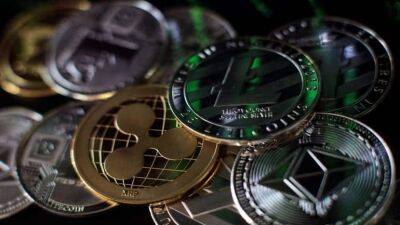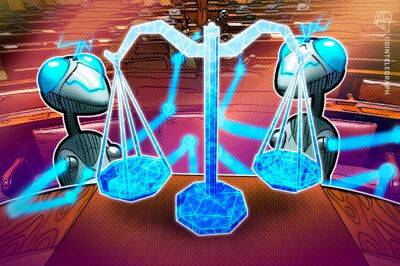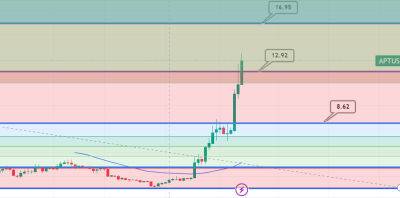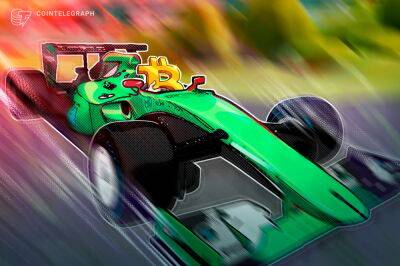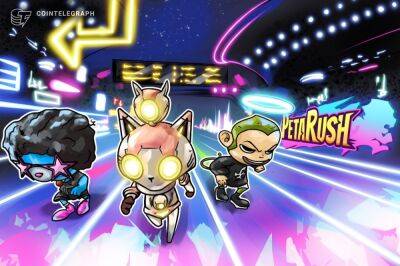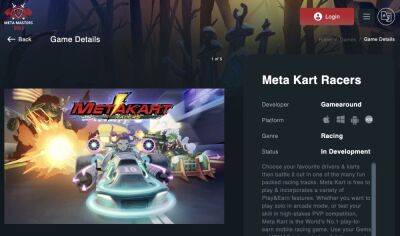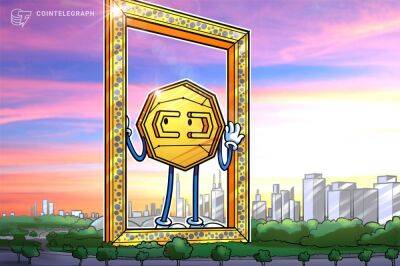Ushering in a new era of Web3 gaming by making Play-to-Earn sustainable
While 2021 will primarily be remembered for the explosive price appreciation seen across crypto assets and NFTs, blockchain gaming also saw a rapid expansion in user adoption and blossomed into taking up more than 50% of all activity across the blockchain industry.
Most of these Web3 games employ a play-to-earn (P2E) economic design where players are rewarded for their time, efforts, and in-game accomplishments. Combining the core gameplay with economic mechanics, most P2E Web3 games rely on rewarding gamers with in-game items in the form of NFTs or with the platform’s native tokens.
This model, however, has proven to be highly unsustainable in bear markets and has compelled Web3 gaming entrepreneurs to shift to a hybrid solution involving both NFTs and fungible tokens (FTs). Offering better liquidity on account of fungible economics, this generation of Web3 games is now being superseded by a revolutionary economic design that could power the P2E Web3 gaming sector toward achieving better sustainability.
NFT-only Web3 games, also known as Gen 0 due to their somewhat underdeveloped economies, are prone to issues regarding token liquidity, asset valuation, and low trade frequency. In such games, low NFT trading volumes restrict the value added to the game economies, negatively impacting the market capitalization of the native tokens even further. Combine this inherent design flaw with a bearish crypto market, and it is not hard to see why many of these games perish in such scenarios.
Additionally, many of these Gen 0 games are merely tokenized versions of Web2 games, functioning outside of a blockchain but employing crypto assets in a bid to latch onto Web3 users. As a result, most of these games do not last beyond the first
Read more on cointelegraph.com


